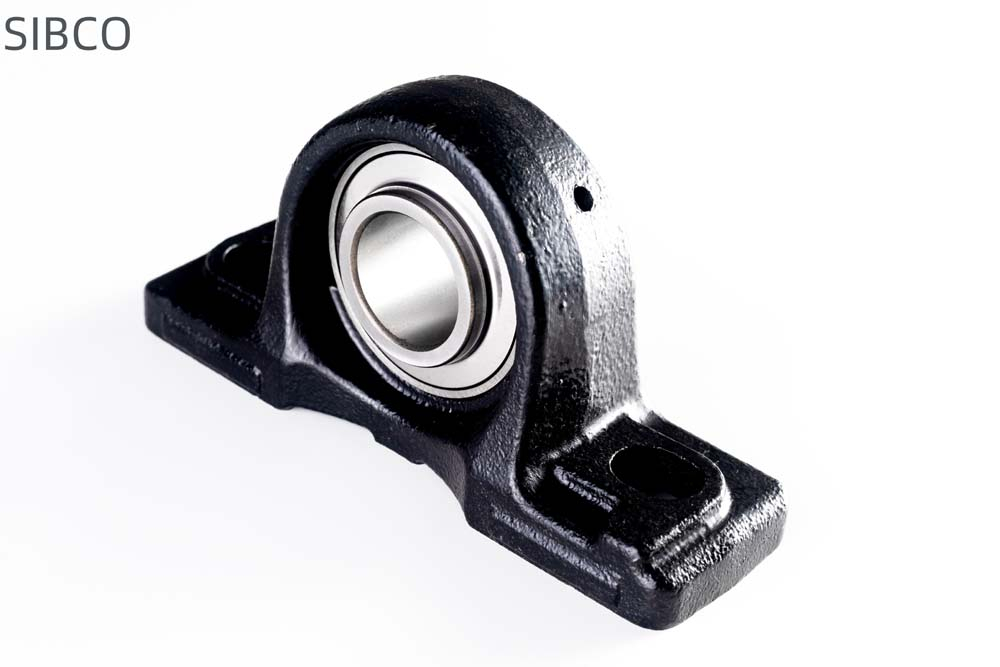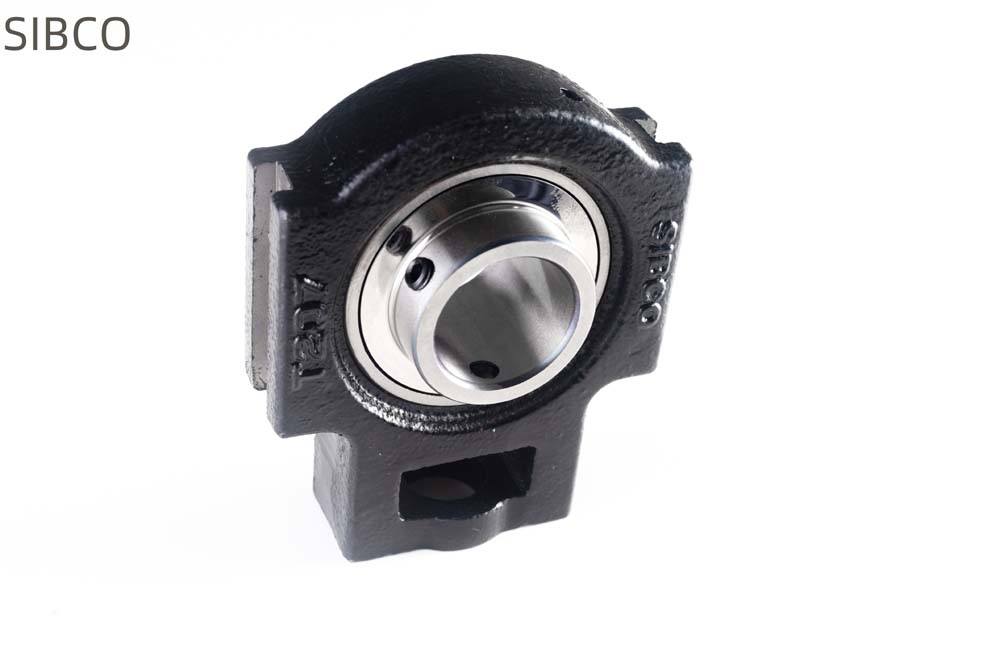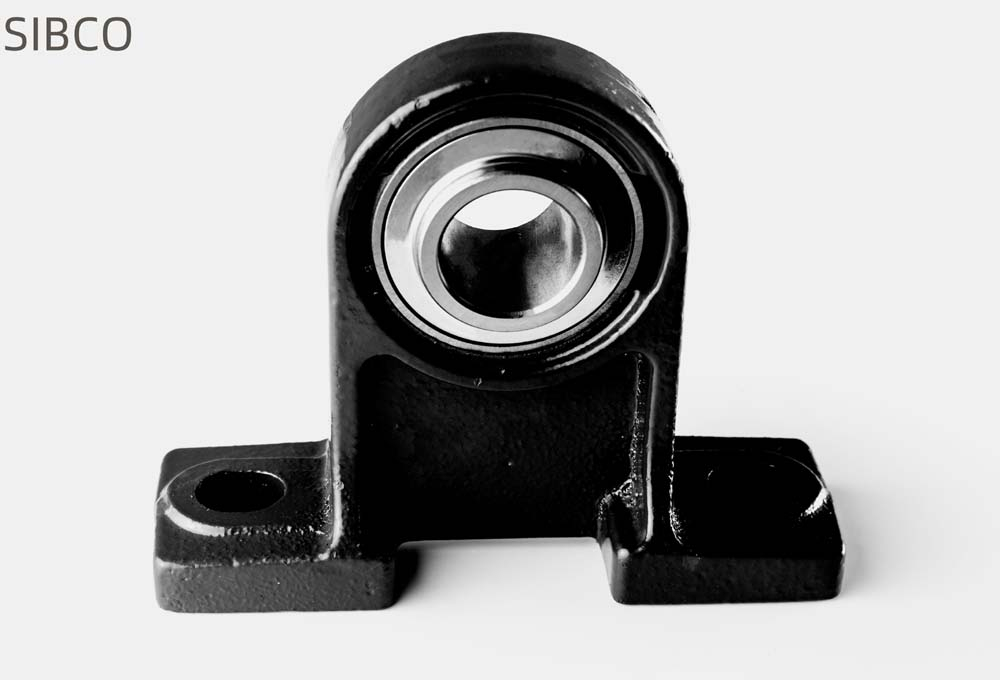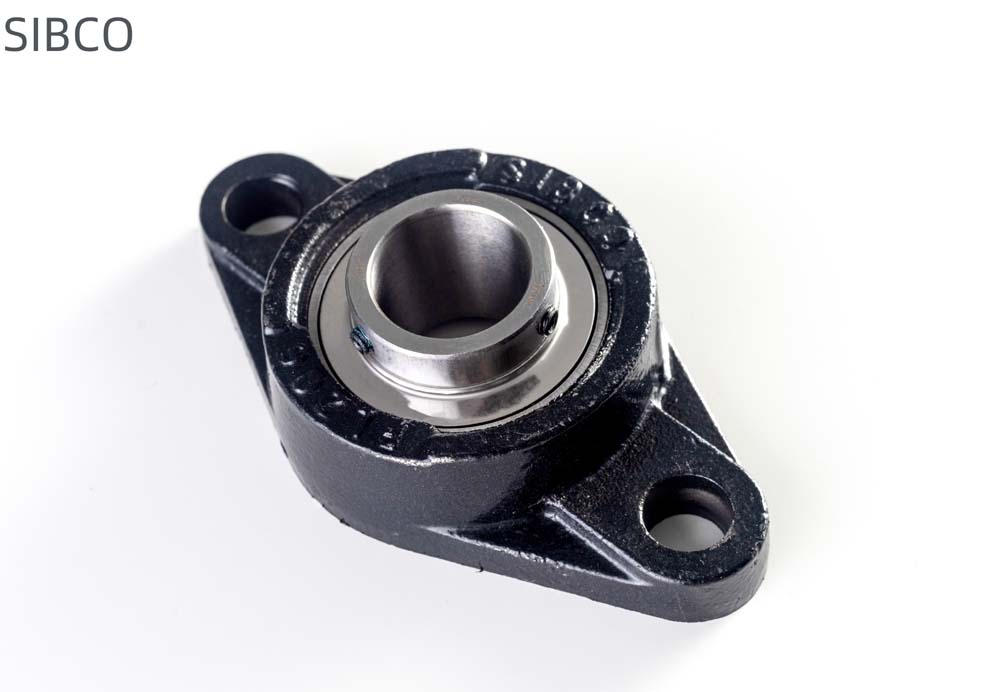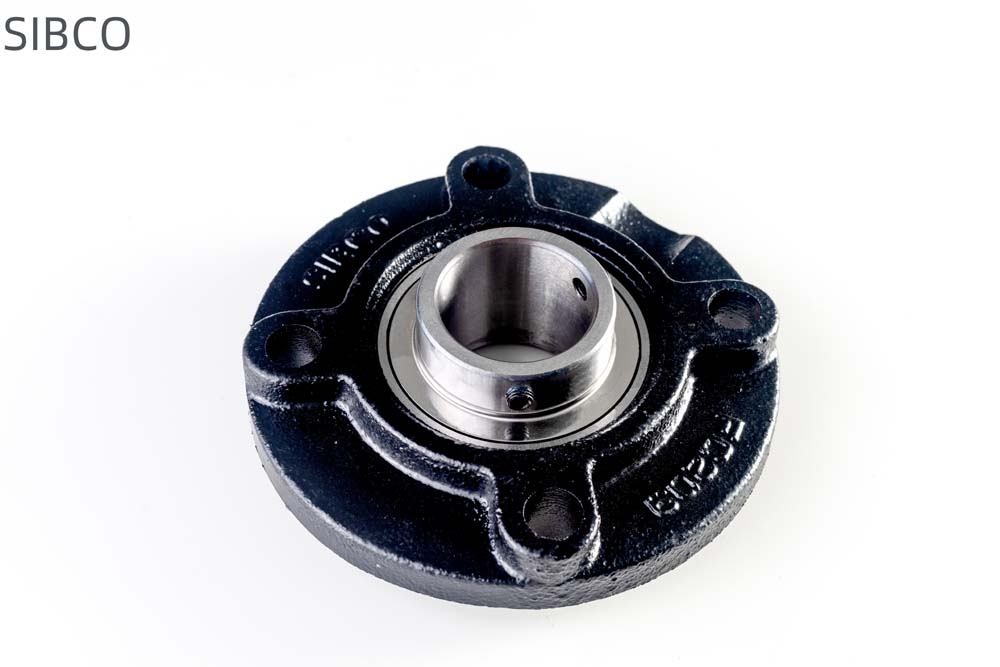Preventive methods for noise of angular contact ball bearings
Release time:2025-05-27 hits:0次
1、 Source control in the design and manufacturing stages
1. Geometric parameter optimization
Contact angle matching
Select the appropriate contact angle based on the type of load (such as 15 ° for light load, 25 ° for medium load, and 40 ° for heavy load) to avoid vibration caused by insufficient axial stiffness due to too small a contact angle, or increased noise caused by frictional heat generation due to too large a contact angle.
Curvature radius coefficient
The ratio of the curvature radius of the inner and outer ring channels to the diameter of the steel ball (usually taken as 1.03~1.08) needs to be accurately calculated. If the curvature is too small, it can easily cause edge stress concentration, while if it is too large, it can lead to insufficient contact area between the steel ball and the channel, both of which may cause abnormal noise.
Case: After adjusting the contact angle of a spindle bearing from 25 ° to 15 ° and optimizing the curvature radius, the noise during high-speed operation was reduced by 5dB (A).
2. Accuracy level and tolerance control
Tolerance grade selection
Precision equipment (such as machine tool spindles) should use P4 grade or above bearings, control dimensional tolerances (such as inner diameter tolerance ≤± 2.5 μ m, outer diameter tolerance ≤± 4 μ m) and positional tolerances (such as raceway roundness ≤ 1.5 μ m), and reduce operational eccentricity noise caused by dimensional deviations.
Surface roughness optimization
The surface roughness Ra value of the raceway and steel ball is controlled below 0.2 μ m (ordinary grade bearings) or below 0.1 μ m (precision grade) to reduce vibration noise caused by micro roughness.
3. Material and heat treatment improvement
High purity purity steel
Using electric slag remelting bearing steel (such as GCr15SiMn), non-metallic inclusions (such as oxides ≤ 1 grade, sulfides ≤ 0.5 grade) are controlled to reduce impact noise caused by internal defects in the material.
Isothermal quenching process
Replacing traditional quenching and tempering processes, retaining more lower bainite in the structure, improving material toughness and impact resistance, and reducing collision noise between steel balls and raceways.
2、 Installation and assembly process specifications
1. Installation tools and methods
Non contact installation
Do not use a hammer to directly strike the bearing. Use hydraulic press fitting equipment (pressure control accuracy ± 5%) or hot fitting method (heating temperature ≤ 120 ℃, avoid annealing) to ensure that the bearing is evenly pressed into the shaft or seat hole, and prevent abnormal clearance caused by inner ring expansion/outer ring contraction.
Coordinate tolerance design
The shaft and inner ring adopt interference fit (such as k6), and the seat hole and outer ring adopt transition fit (such as H7/js6). Excessive interference fit can easily cause deformation of the raceway, while insufficient interference fit may cause axial movement and noise.
2. Clearance adjustment and preload control
Dynamic clearance optimization
Considering the thermal expansion caused by temperature rise (such as when the temperature of the motor bearing rises by 30 ℃, a clearance of 10-20 μ m needs to be reserved), adjust the axial clearance through gaskets, springs or locking nuts to avoid too small clearance (frictional heating) or too large clearance (vibration impact).
Pre tightening force balance
Paired installation of angular contact ball bearings (such as DB, DF, DT configurations) requires precise control of the preload force (with an error of ≤± 3%) through a torque wrench. Uneven preload can cause bearing bias and high-frequency vibration noise.
3、 Optimization of lubrication system
1. Lubricant selection and matching
Performance parameters of lubricating grease
Base oil viscosity: For low-speed conditions (dn value<1 × 10 ^ 5 mm · r/min), choose 150-220mm ²/s viscosity oil, and for high-speed conditions (dn value>3 × 10 ^ 5), choose 32-100mm ²/s low viscosity oil to reduce oil mixing loss noise;
Thickener type: Lithium based grease (with good shear resistance) is preferred for high-speed scenarios, while composite aluminum based grease (with strong compression resistance) is selected for heavy-duty scenarios;
Additives: Extreme pressure additives containing molybdenum disulfide (MoS ₂) or graphite can reduce metal contact noise, especially suitable for impact load conditions.
Case: After replacing lithium grease with PTFE containing fully synthetic grease for a certain fan bearing, the high-speed noise was reduced by 8dB (A).
2. Lubrication amount and filling method
Fill quantity control
The filling amount of lubricating grease inside the bearing is 30%~50% of the cavity volume (upper limit for low speed and lower limit for high speed). Overfilling can cause stirring heating and bubble precipitation, leading to "cavitation noise".
Circulating lubrication design
For bearings with high loads and long operating times (such as machine tool spindles), oil mist lubrication or oil air lubrication systems are used to ensure that the lubricant is continuously clean and the flow rate is stable (such as 0.05~0.2L/min), avoiding dry friction noise caused by insufficient lubrication.
 SIBCO Bearing
SIBCO Bearing
